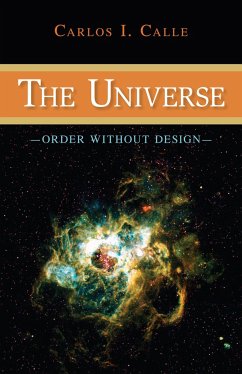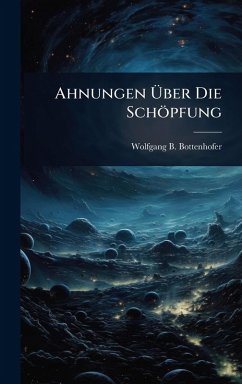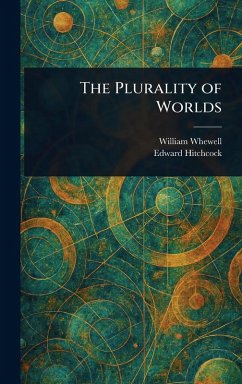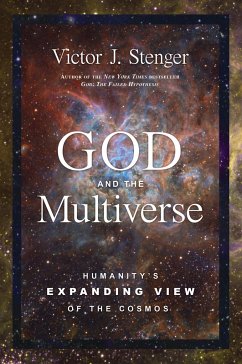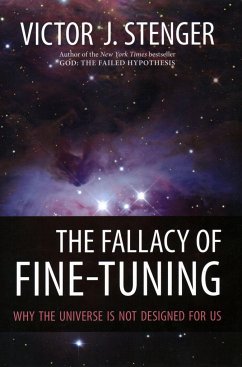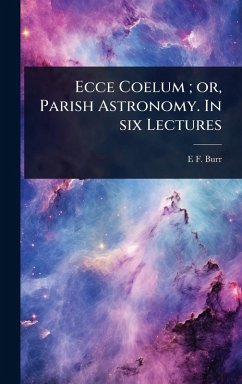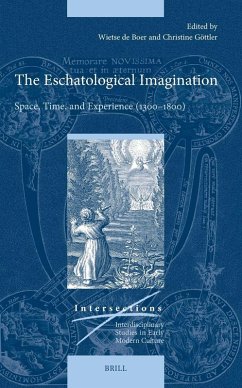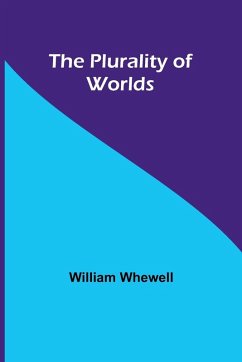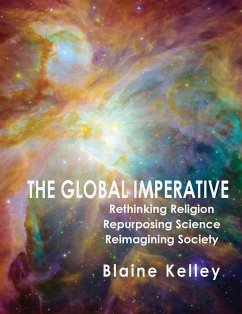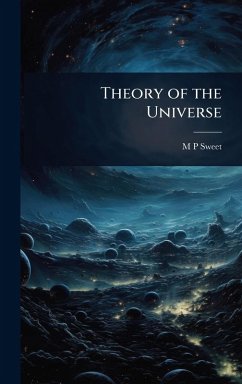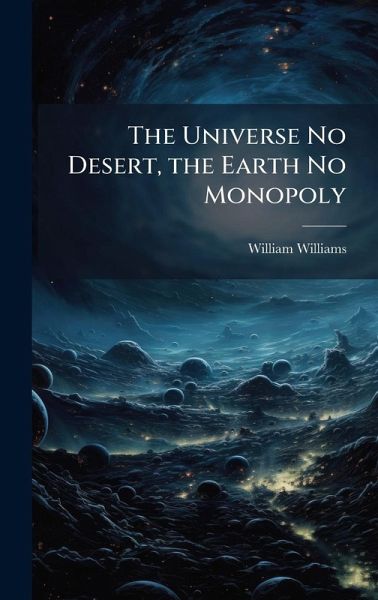
The Universe No Desert, the Earth No Monopoly
Versandkostenfrei!
Versandfertig in über 4 Wochen
35,99 €
inkl. MwSt.
Weitere Ausgaben:

PAYBACK Punkte
18 °P sammeln!
In "The Universe No Desert, the Earth No Monopoly," William Williams presents a compelling argument for the vastness and diversity of creation. Preceded by "A Scientific Exposition of the Unity of Plan in Creation," this work explores the cosmos and posits that the Earth is not the sole center of life and divine attention. Williams challenges anthropocentric views, suggesting a universe teeming with possibilities and unified by a grand, overarching design. This 1855 publication provides a unique perspective on the intersection of science and religion, inviting readers to contemplate the scale ...
In "The Universe No Desert, the Earth No Monopoly," William Williams presents a compelling argument for the vastness and diversity of creation. Preceded by "A Scientific Exposition of the Unity of Plan in Creation," this work explores the cosmos and posits that the Earth is not the sole center of life and divine attention. Williams challenges anthropocentric views, suggesting a universe teeming with possibilities and unified by a grand, overarching design. This 1855 publication provides a unique perspective on the intersection of science and religion, inviting readers to contemplate the scale of the universe and humanity's place within it. Williams's exploration of cosmological ideas and the unity of creation makes this a thought-provoking read for anyone interested in the history of science, religious thought, and the ongoing quest to understand our place in the cosmos. This work has been selected by scholars as being culturally important, and is part of the knowledge base of civilization as we know it. This work was reproduced from the original artifact, and remains as true to the original work as possible. Therefore, you will see the original copyright references, library stamps (as most of these works have been housed in our most important libraries around the world), and other notations in the work. This work is in the public domain in the United States of America, and possibly other nations. Within the United States, you may freely copy and distribute this work, as no entity (individual or corporate) has a copyright on the body of the work. As a reproduction of a historical artifact, this work may contain missing or blurred pages, poor pictures, errant marks, etc. Scholars believe, and we concur, that this work is important enough to be preserved, reproduced, and made generally available to the public. We appreciate your support of the preservation process, and thank you for being an important part of keeping this knowledge alive and relevant.



